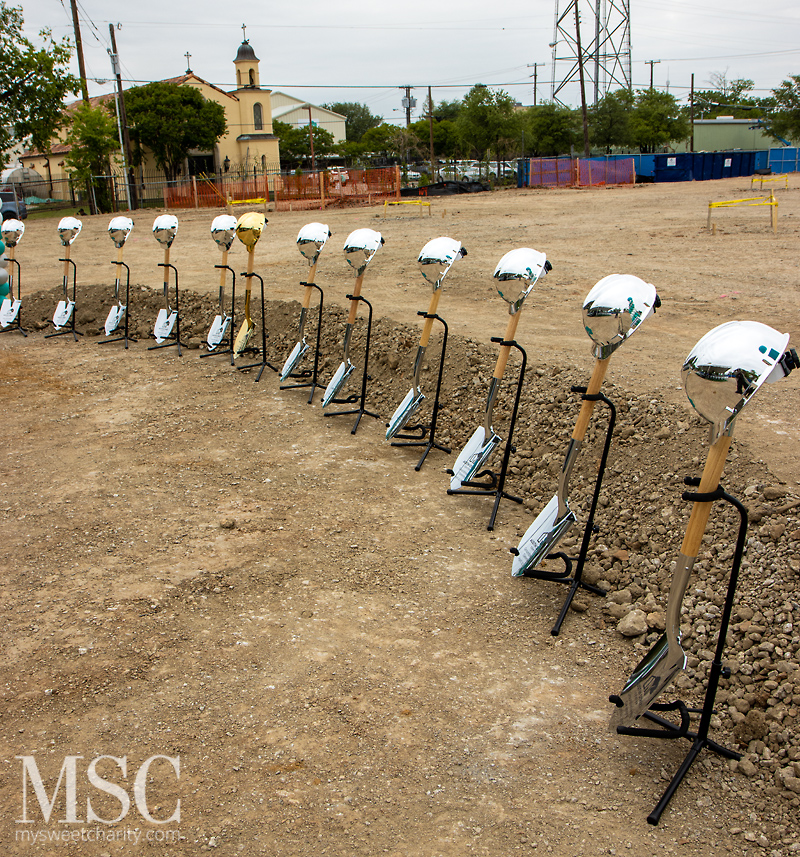
Across the street from the Austin Street Chapel, an earth mover sat quietly in what appeared to be a huge vacant lot. Only it was totally empty Thursday. On the northwest side was a tent with chairs in rows facing a podium. Behind it were 13 shining shovels in stands and topped with equally shiny hardhats.
It was the setting for the 11 a.m. groundbreaking for the new Austin Street Center that’s scheduled to open in 2022. And it was taking place just in time.
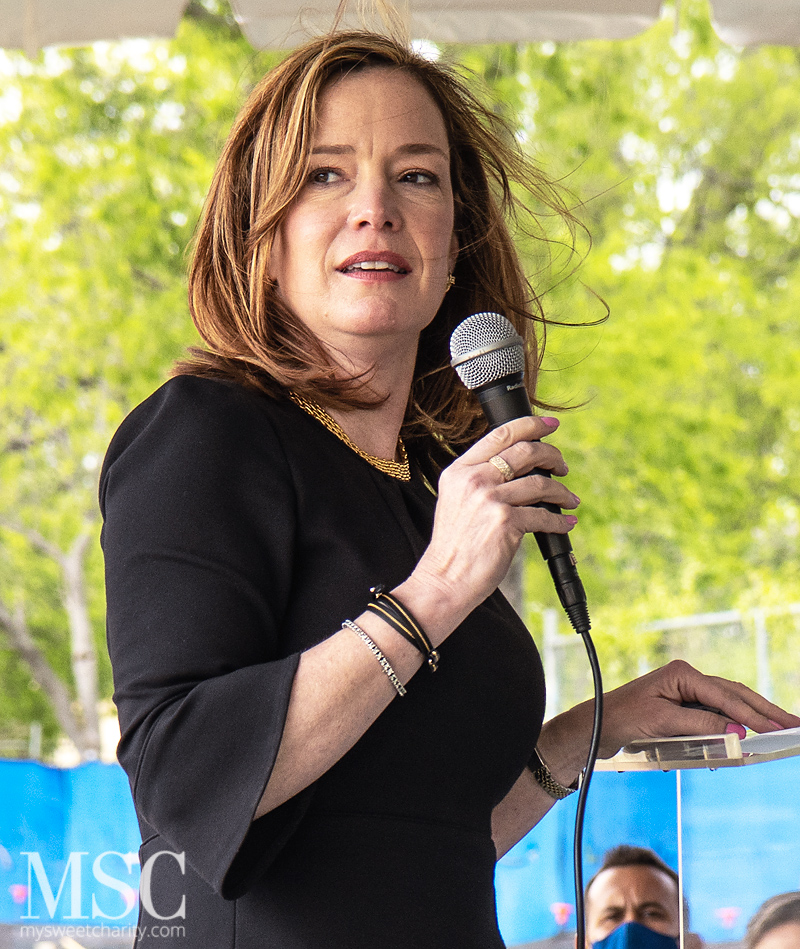
As Help Them Home Campaign Committee Chair Megan Burkhart of Comerica Bank explained, the current facility that had held up since 1992 was showing its age and even in the best of time, it was still lacking for the needs of its mission to “provide safe shelter and meet the basic needs of the most vulnerable homeless (men ages 45 and older and women ages 18 years and older).”
For instance, the lack of a commercial kitchen had forced the organization to rely on the support of a “dedicated and generous host of volunteer groups” to provide 900 meals a day. With no dining room and, in order to keep the genders separate, clients often ate at their beds. Restroom facilities only provided three shower stalls for women and five for men with 12 shower-heads for 400 people.
Unfortunately, as the Center tried to cope with the needs of its people for nearly two decades, the number of homeless had only grown dramatically.
But the new 60,000-square-foot facility would change all of that with a fully equipped commercial kitchen and dining space, 18,000 square feet of “semi-private sleeping areas” for 450 people and 10 shower stalls for women and 22 for men.
In addition to the increased living accommodations, the new Center would also be able to support its pilot program with Texas Health Resources to “meet the under-served needs [of] the homeless with 30 dedicated beds and licensed mental health practitioners.”
The facility’s expansion will also provide dedicated space (1,667 square feet) for its employment and education programs as well as nearly 5,000 square feet for a Housing Navigation, Placement and Stabilization Center.

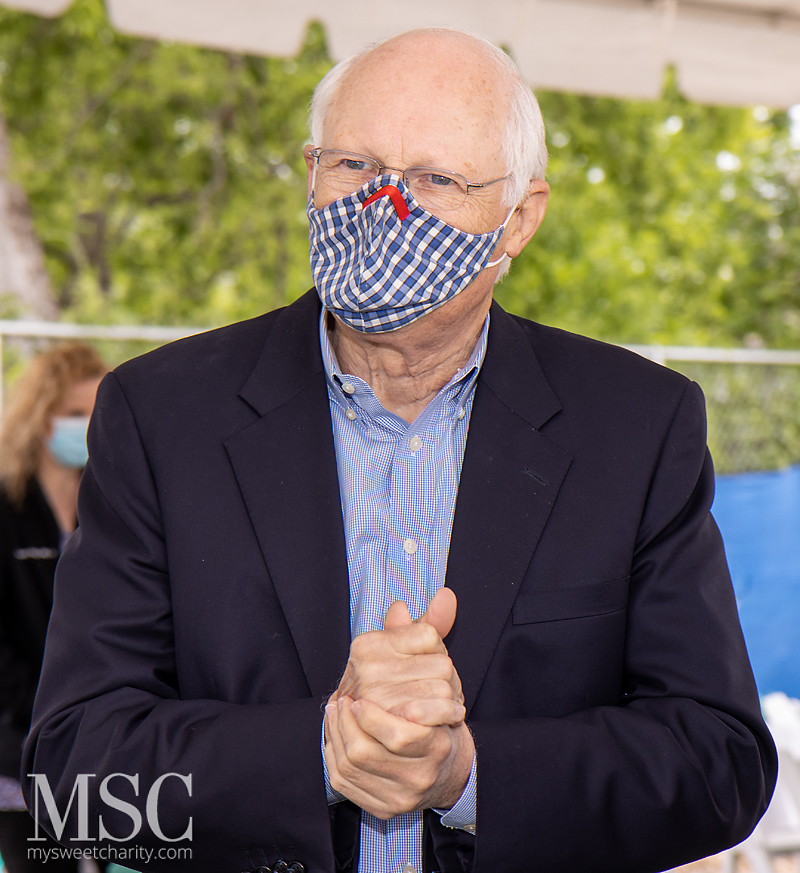
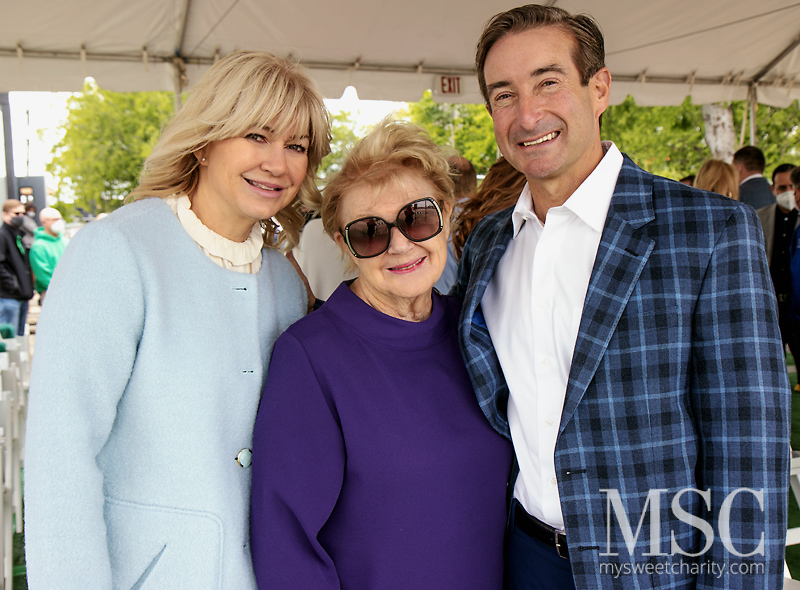
But the day’s gathering was more than a groundbreaking. It was a celebration for a standing-room-only crowd including Gail Turner, Jay McAuley, Bianca Jackson and City Councilperson Adam Bazaldua. It was easy to spot the generous philanthropists like Carolyn and David Miller, Nancy Ann Hunt with Ashlee and Chris Kleinert, Frank Mihalopoulos, Randy Best and Ellen and John McStay, who had been a part of Megan’s, Austin Street Center Senior Director of Development Myrshem George’s and Austin Street Center CEO Daniel Roby’s successful raising of nearly $14M in private funding to make the facility possible.
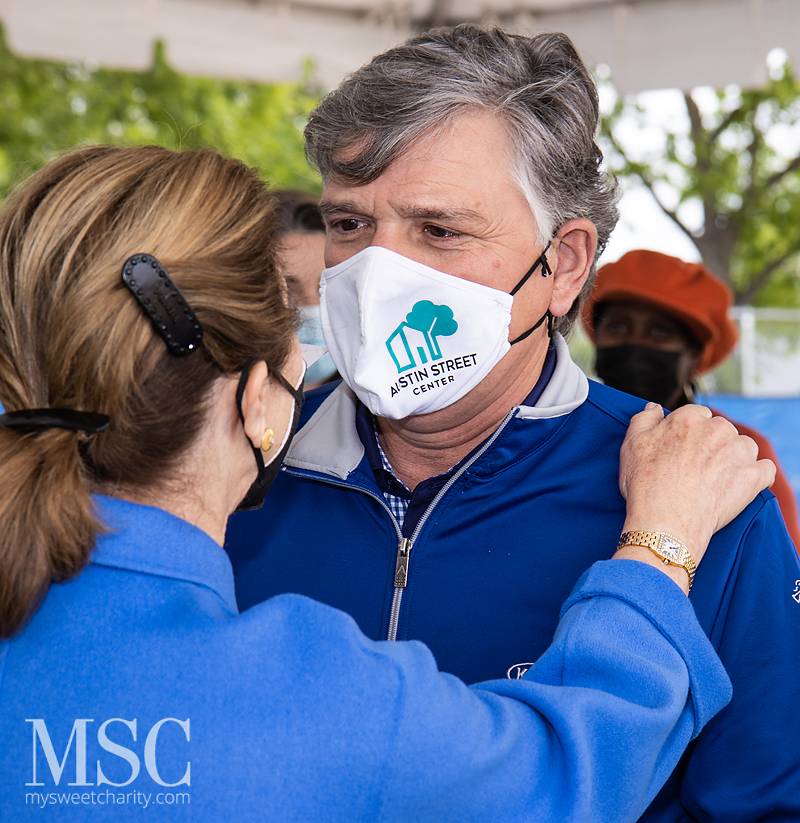
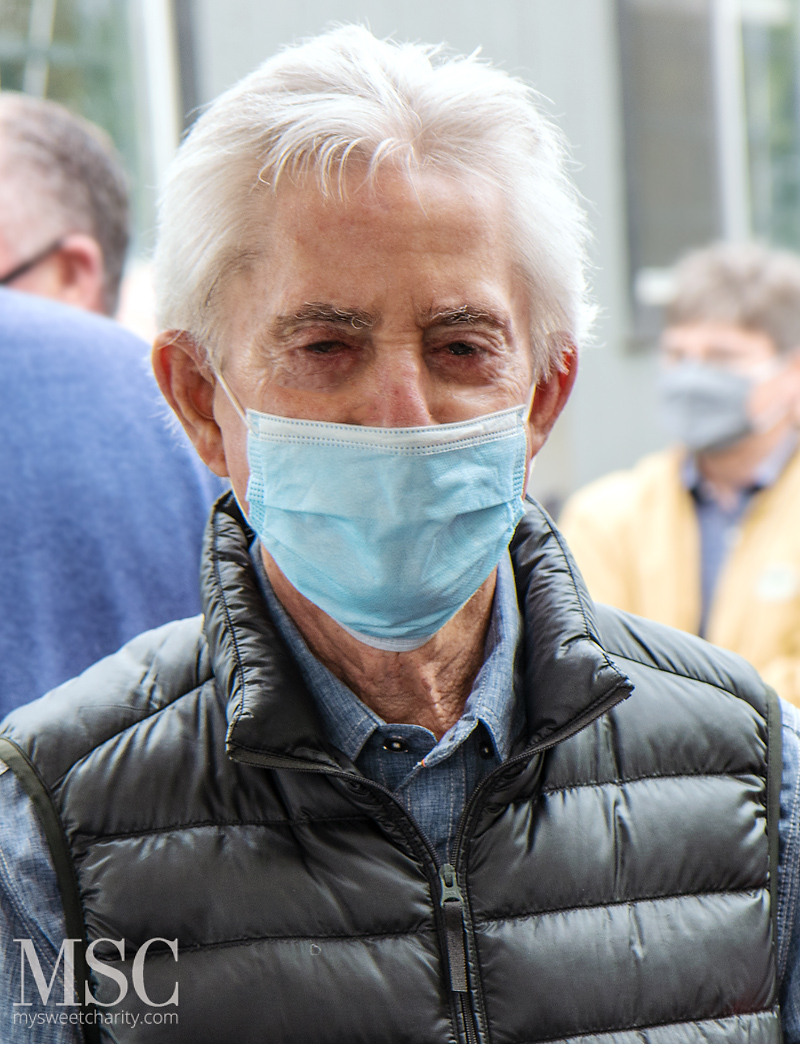
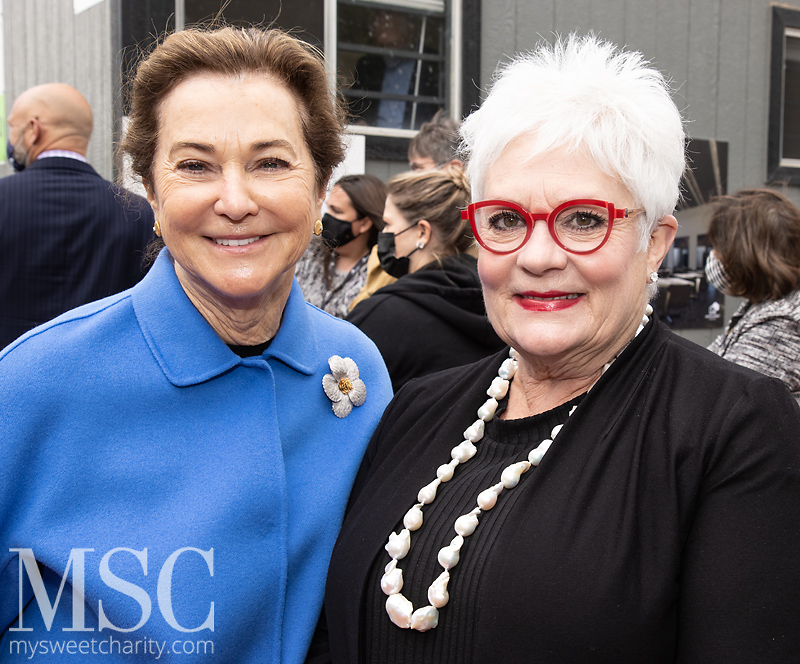
Before the shovels were put into action, Dallas Mayor Eric Johnson told the group that he hoped that eventually there would be no need for the facility. Daniel recalled having first visited the Center at the age of seven when his father took him to volunteer. He made a point of telling how Austin Street Center Board of Trustees Chair Nancy Best had been so important to Austin Street’s efforts that she was like a member of his family.
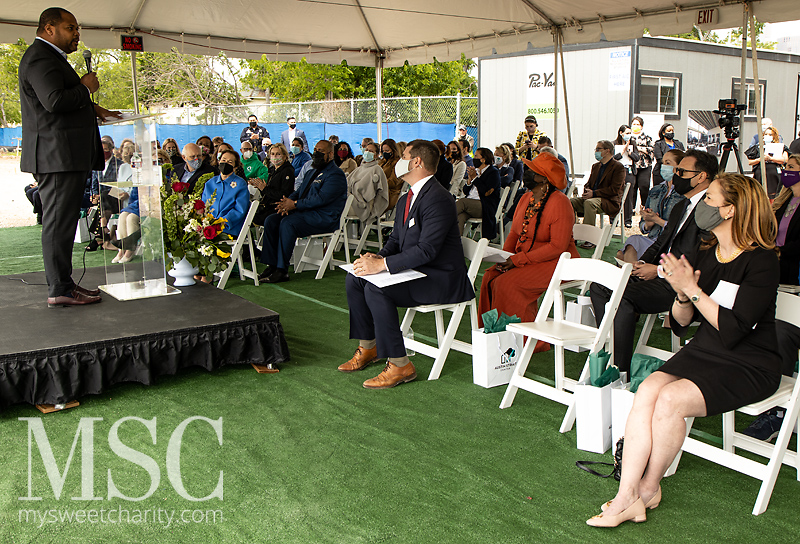

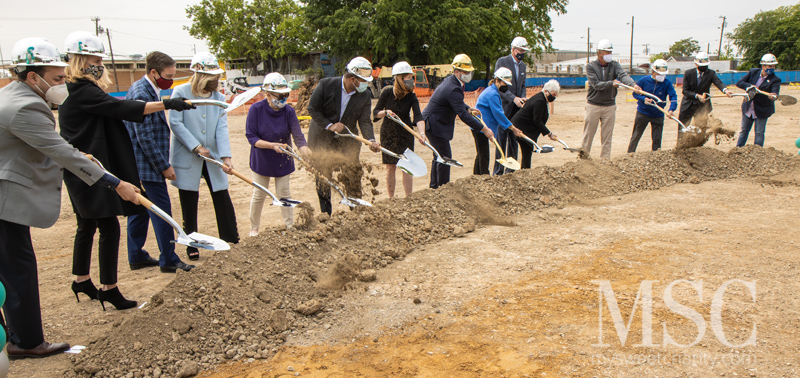
As for petite brunette Nancy, she could have thanked individually each of the people who had provided time and funds, or she could have told the backstory that led her to being part of the Austin Street Center. But she kept her talk brief. Perhaps she wanted to get on with the groundbreaking to build Austin Street Center’s future home making way for the homeless — like those who were in tents just a couple of blocks away under Interstate 30.
